Uyuni provided us with the most unique landscape we have ever seen. The Salar de Uyuni.
Salar de Uyuni is, by far, the worlds largest salt flat. What was once a prehistoric lake has dried out, leaving behind the salt encrusted lakebed. Halite rich mountains around the basin resupply the Salar with salt every wet season.
We arrived in Uyuni, and were quickly greeted by many women trying to sell a Salar de Uyuni tour. We picked one at random, and signed up for a three day Salar journey to Chile for the next day. We got some Giro meat skewers for dinner, wandered around town, and then went to bed. The town itself isn’t that remarkable.
The tour though, wow. We met our group, David, our guide, and two other couples, Roxy and George, and Benoit and Mathilde. We all settled into our Toyota off road 4×4 vehicle, and headed out.
The first stop was the Cemetario de Tren’s. 30 years ago, Uyuni was a train hub for the region, with rails going everywhere. The tracks are unused now, and the train cars were left to rust in the sand. So we checked them out. We could climb on top of them, and in general poke around. We could see here the large amount of tourists that are on the same type of journey as us for the next few days.
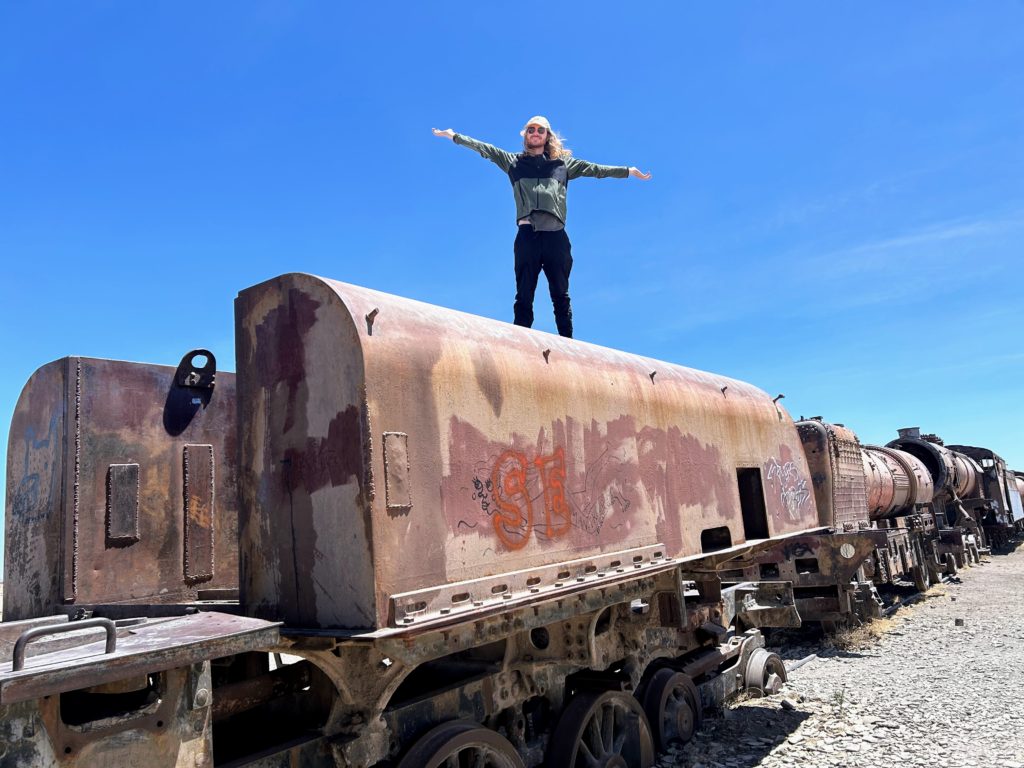
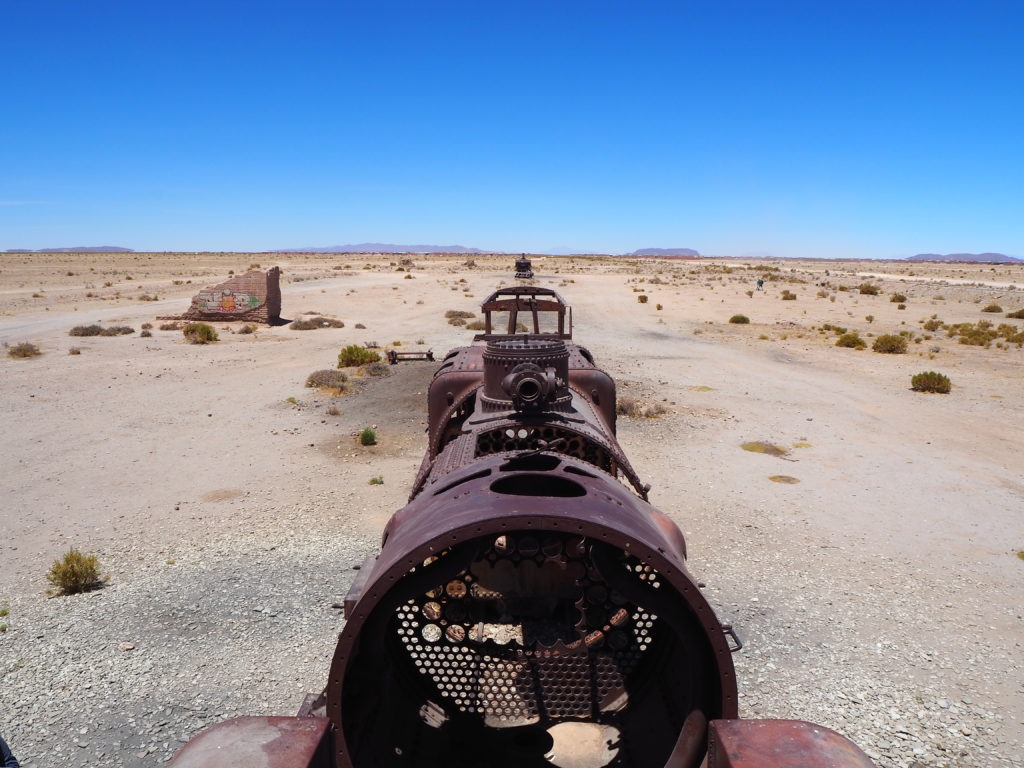


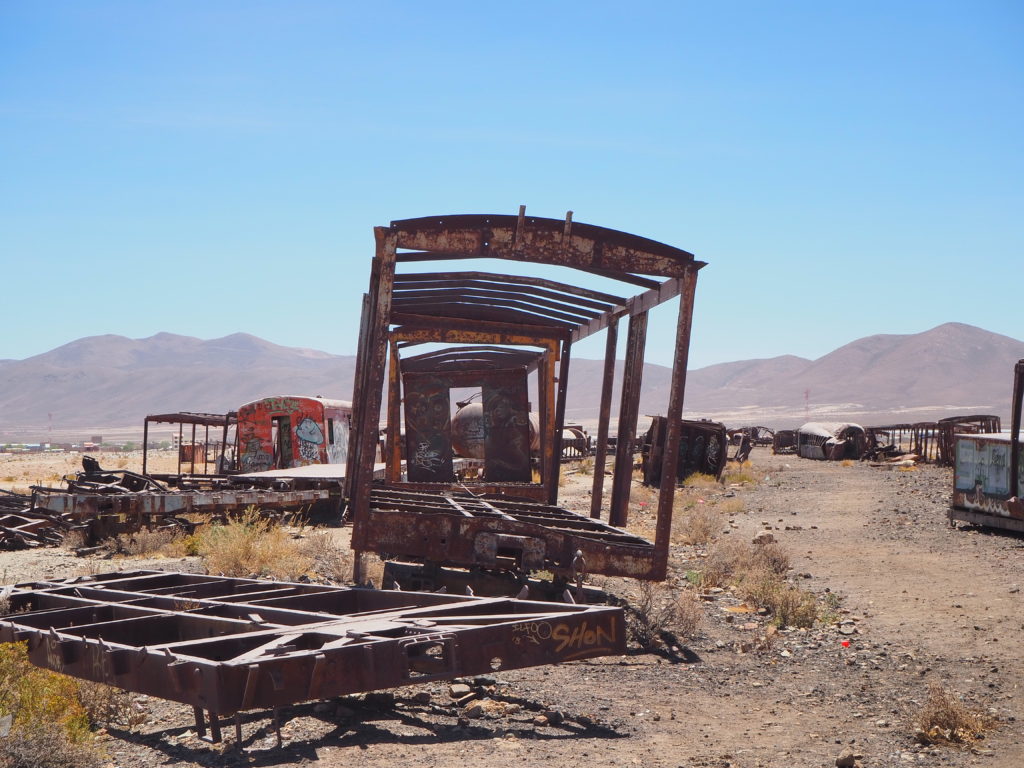
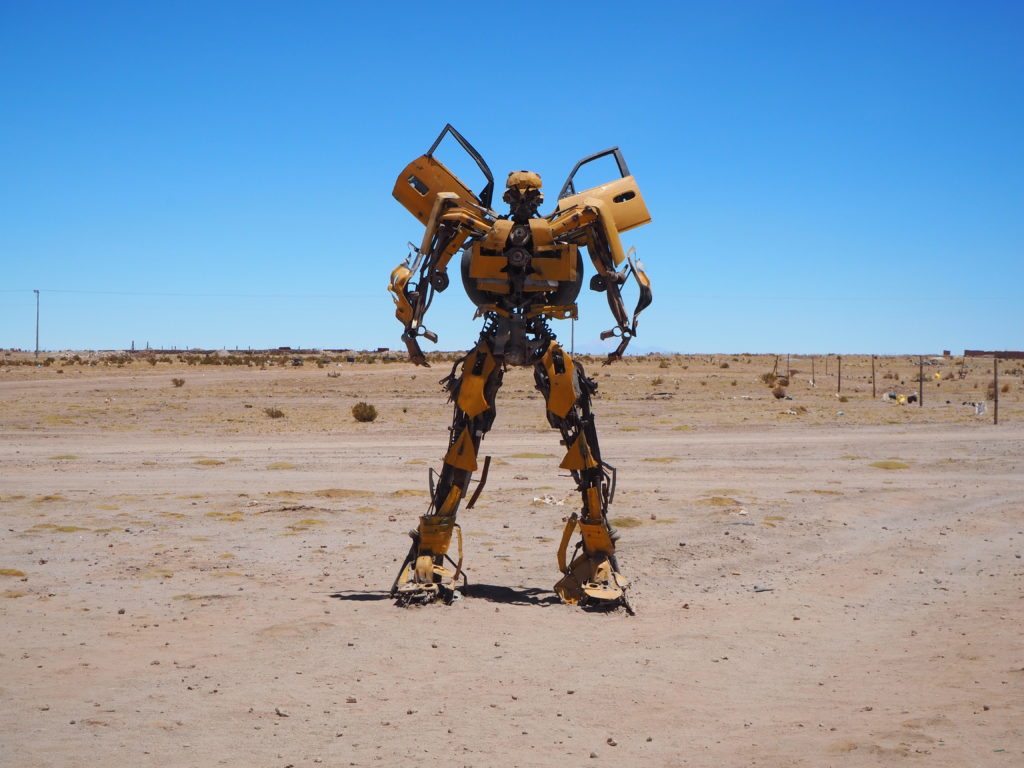
We finally headed onto the salt flats after. It’s so white. And so flat. In the middle of it is a salt hotel, which we stopped at for lunch. The whole thing was made out of salt bricks, from the walls to the tables to the chairs. There was a saltwater pool out front we dipped our hands in. They felt really strange after the water evaporated and the salt encrusted on our hands. Lunch was good, we took some photos, and headed off to the middle of the flats.



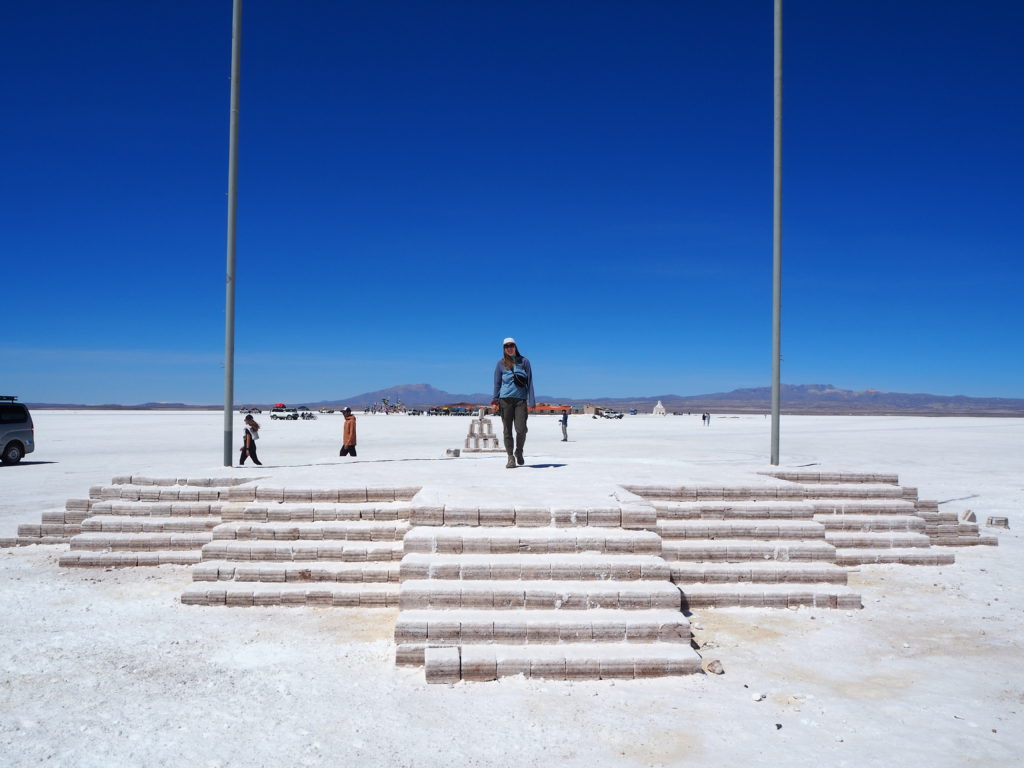
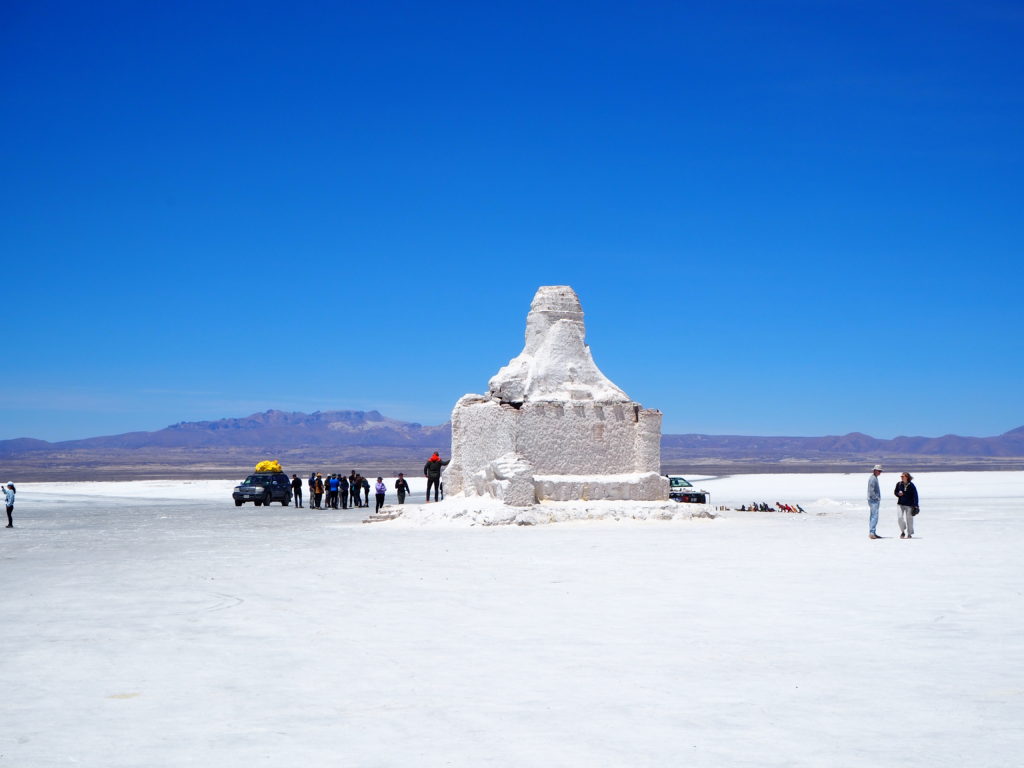
We stopped for a bit to take some goofy forced perspective photos. David was an expert coaching us on some fun shots. You could also see how flat this entire area was. Salt that went on forever.
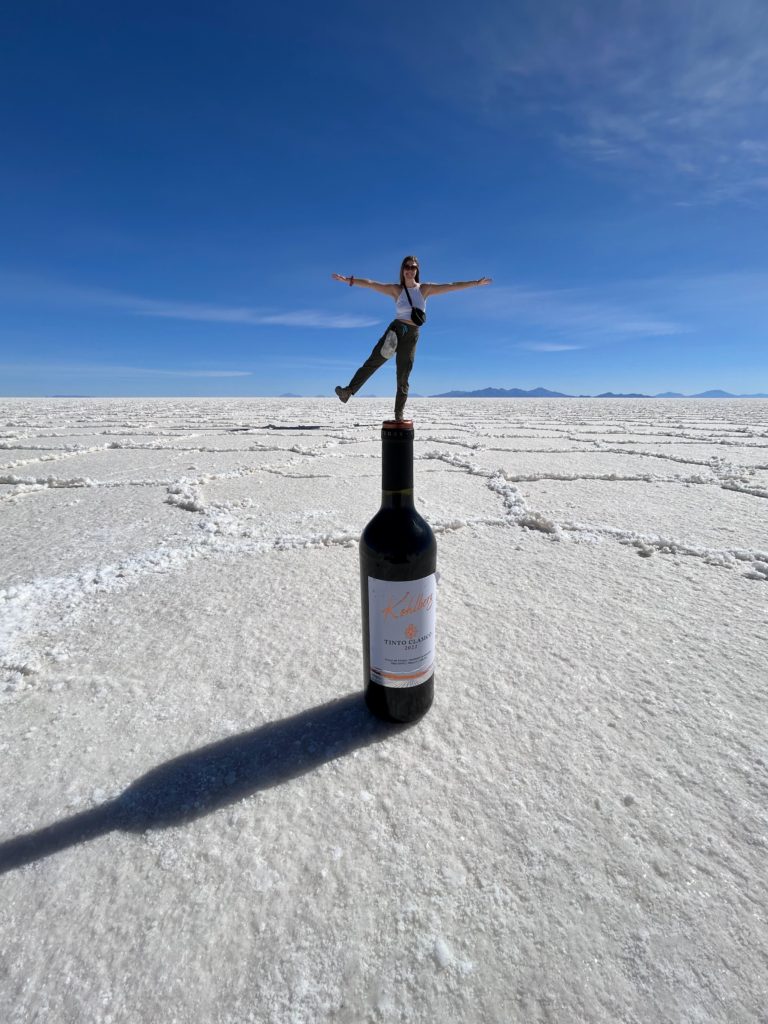
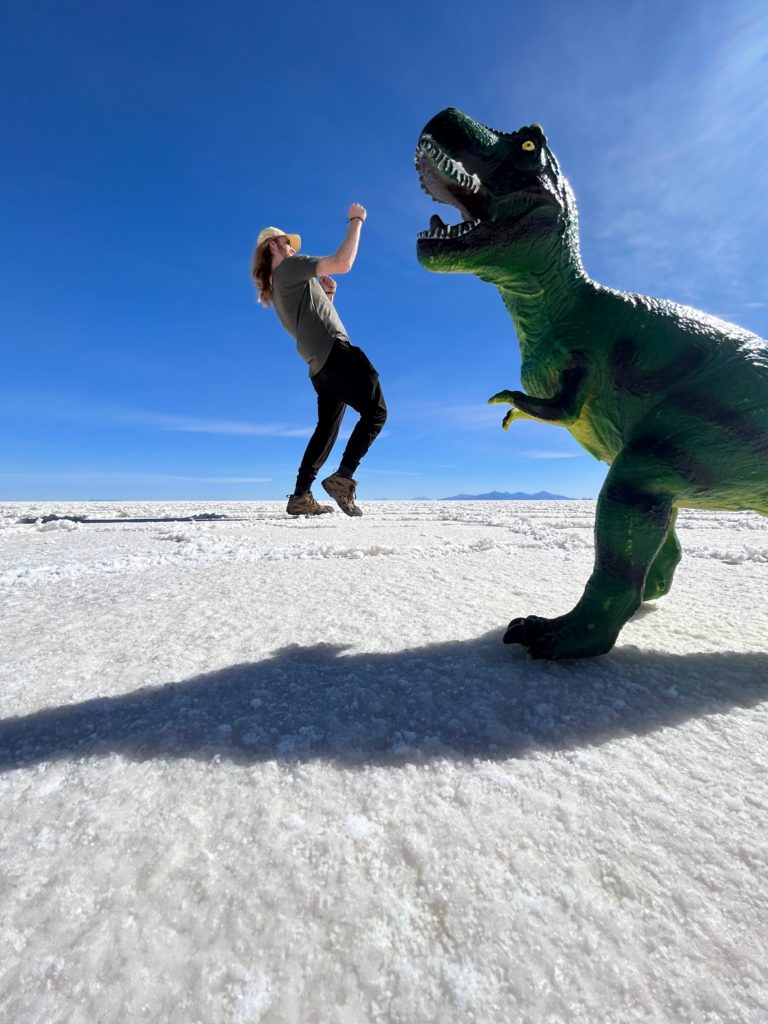


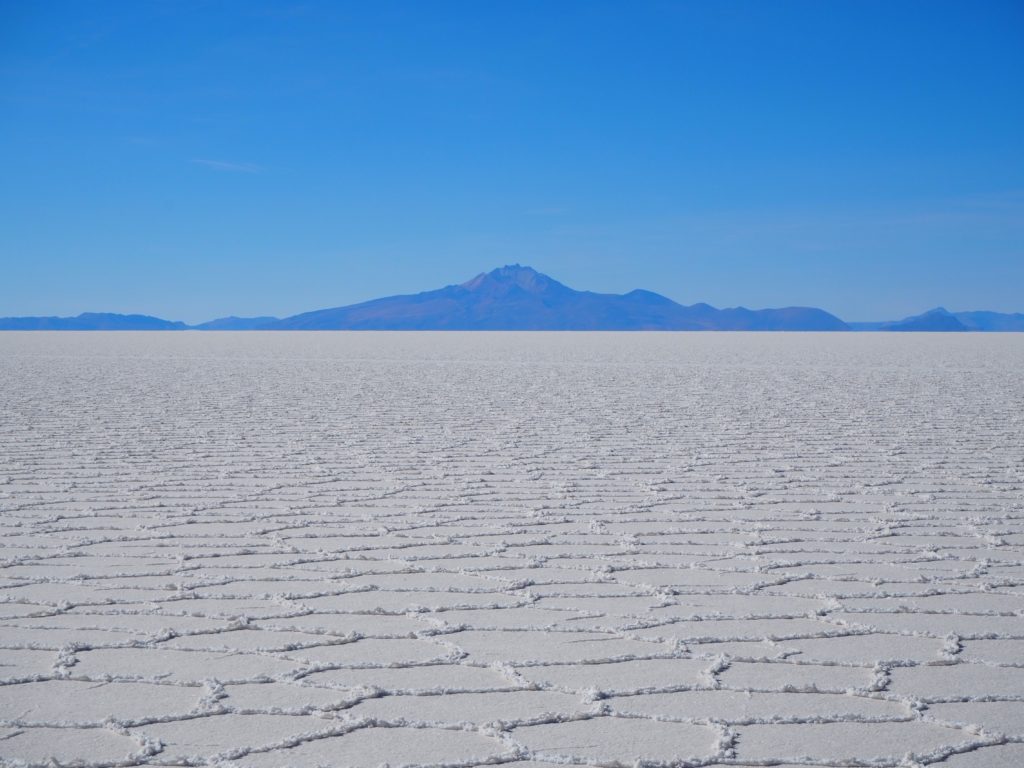
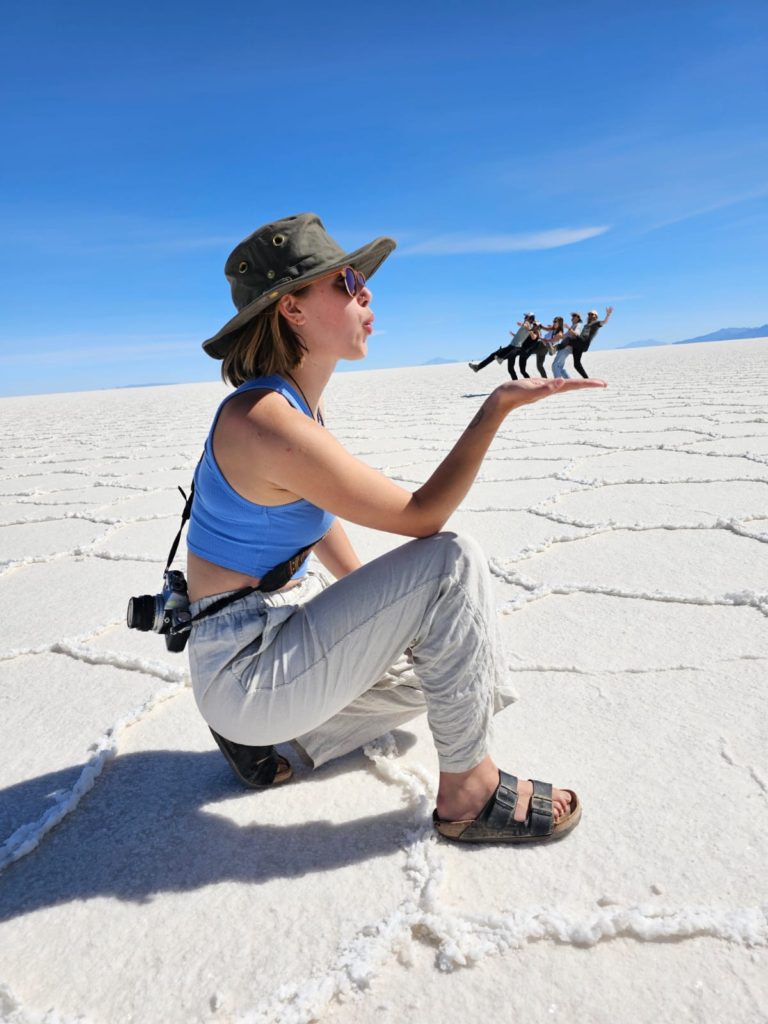

We stopped at Incahuasi, a cactus covered island in the middle of the salt. We took a walk around the island, and the 20 or so meters of height this island had really mattered for as far as you could see. There were mountains hundreds of kilometers away from us that we could make the outlines us. We could once again see the curvature of the earth. We then had wine at sunset a little ways down on the salt, and drove to our hostel for the night.
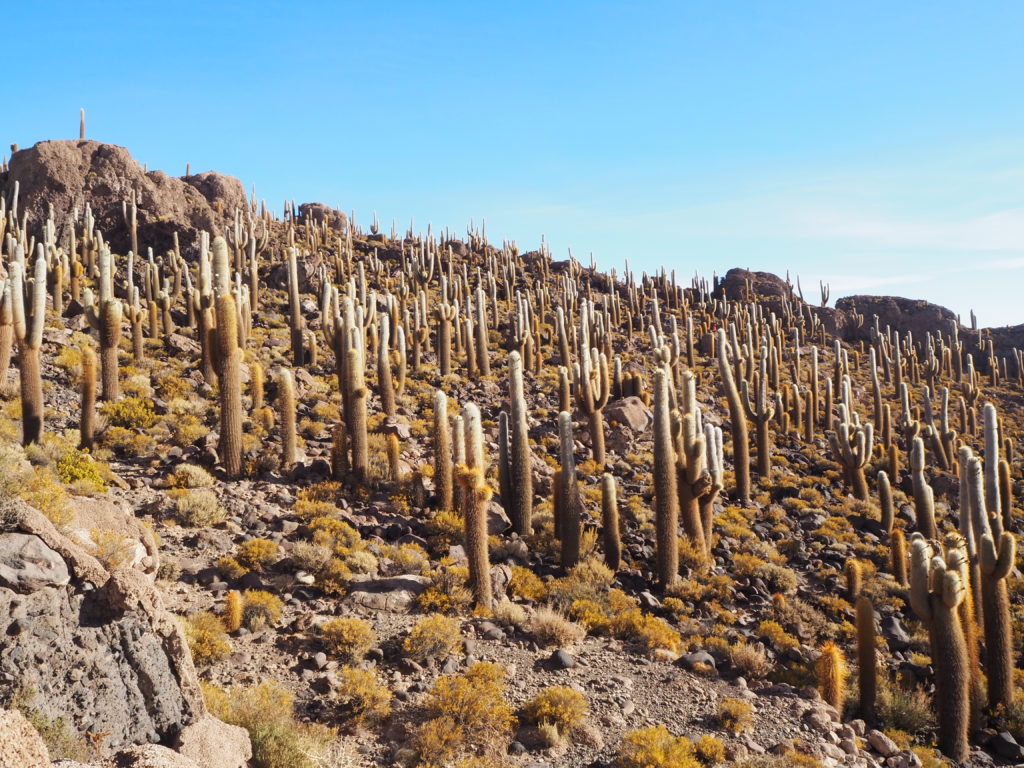
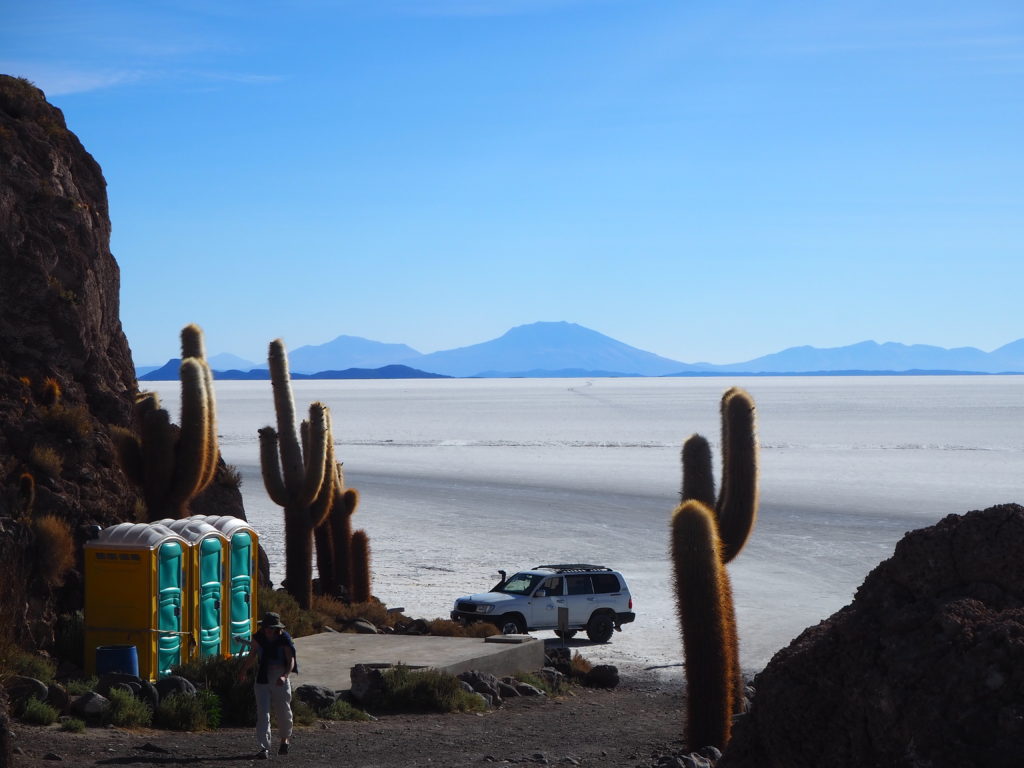

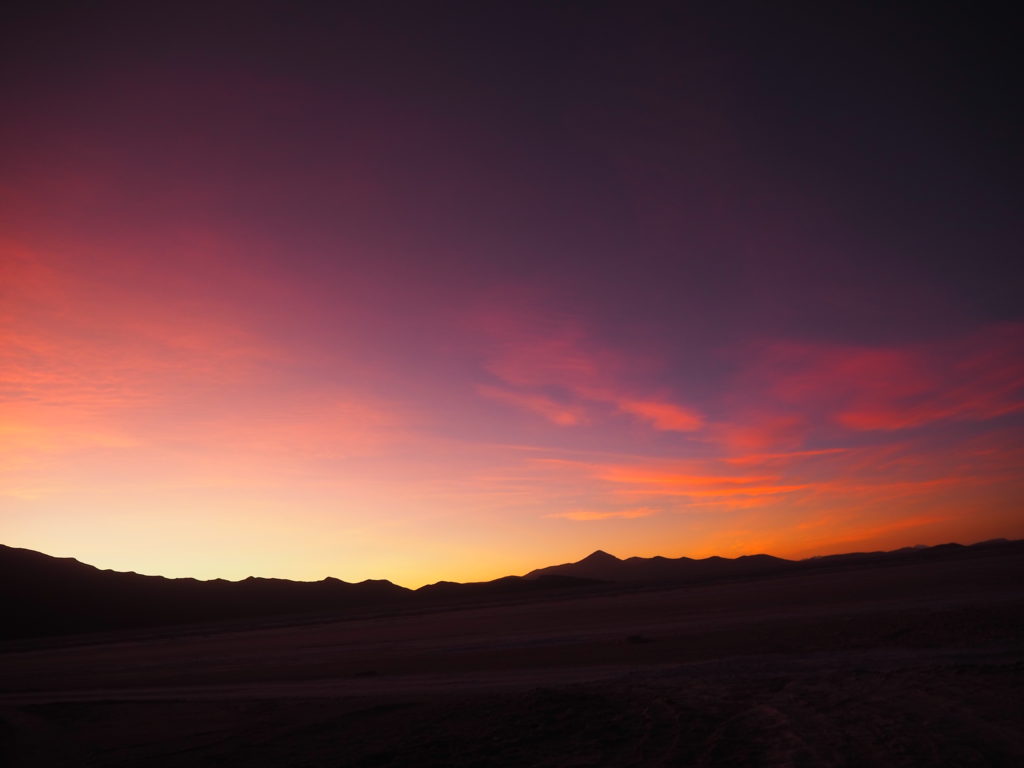

The hostel was made out of salt which made it very difficult to sleep. The air was remarkably dry in our room. It didn’t help that we were once again over 4500m, so the altitude played a factor again. Before bed, we played a new to us dice game called Perudo (Dudo), which is a luck based bluffing game. Cam and I did remarkably well for having no idea what was going on.
The second day of the tour consisted of many viewpoint pit stops, as we drove parallel to the west Bolivian Chilean border. We could see many volcanos, mountains with glaciers of salt at the top, flamingoes, coloured lagoons, volcanic rock debris, geysers, and everything else in between. We spent the day getting to known our new friends, bumping around in the car, and taking pictures of the otherworldly landscape around us. It was a long day, but a fun one.
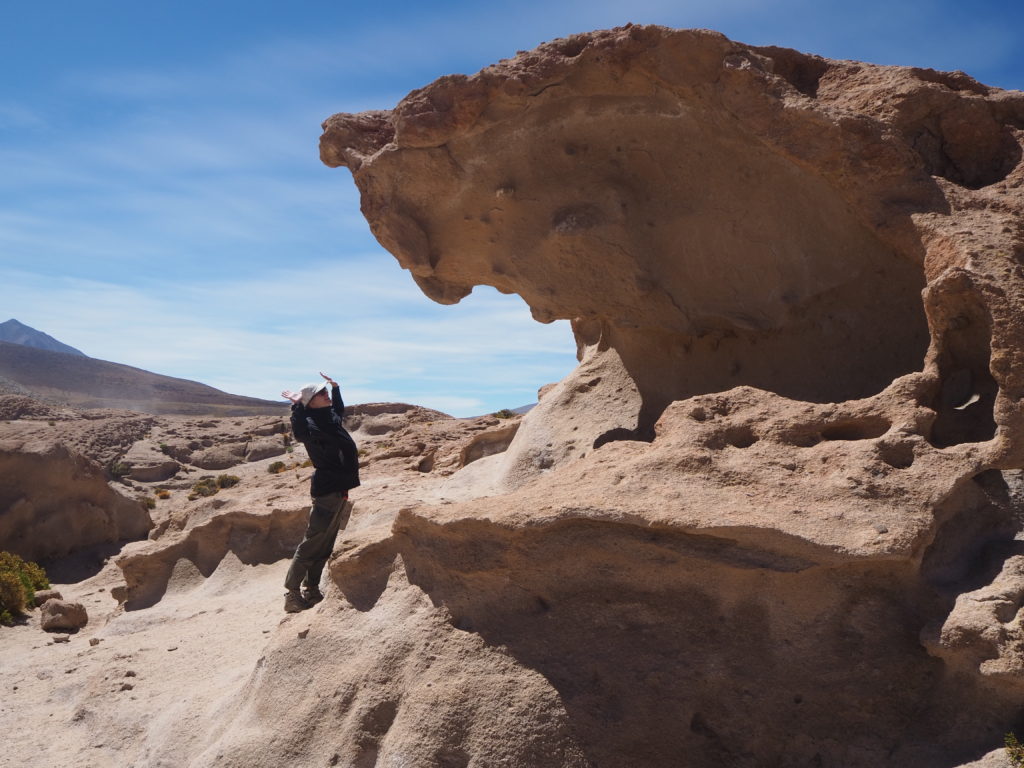
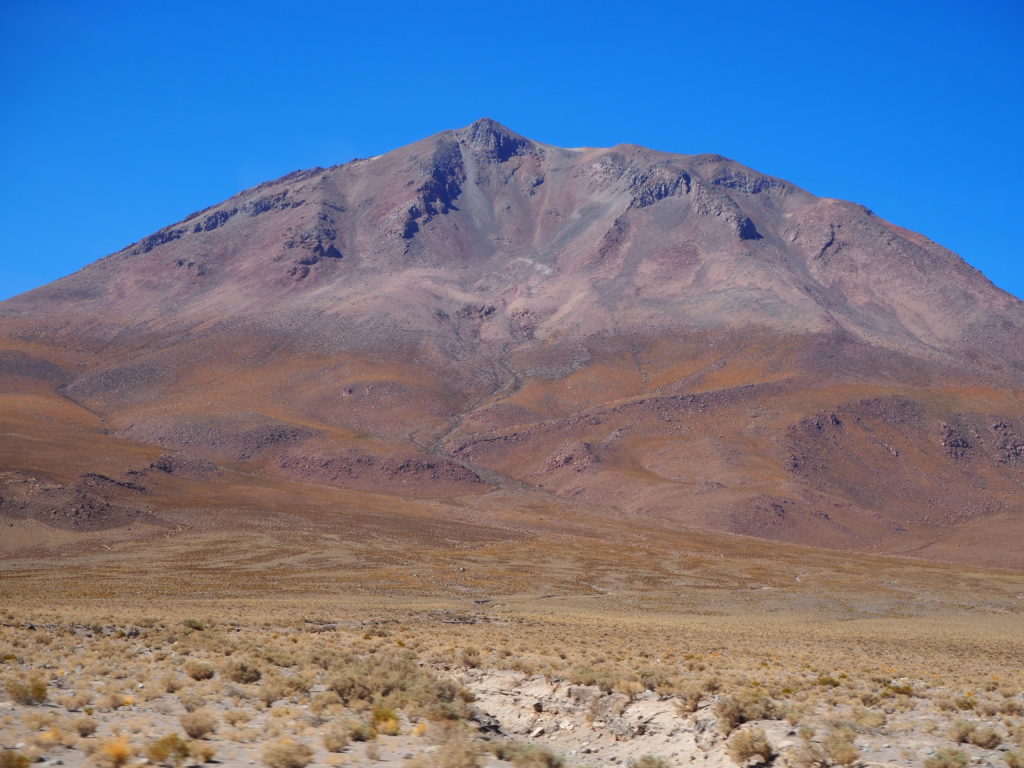
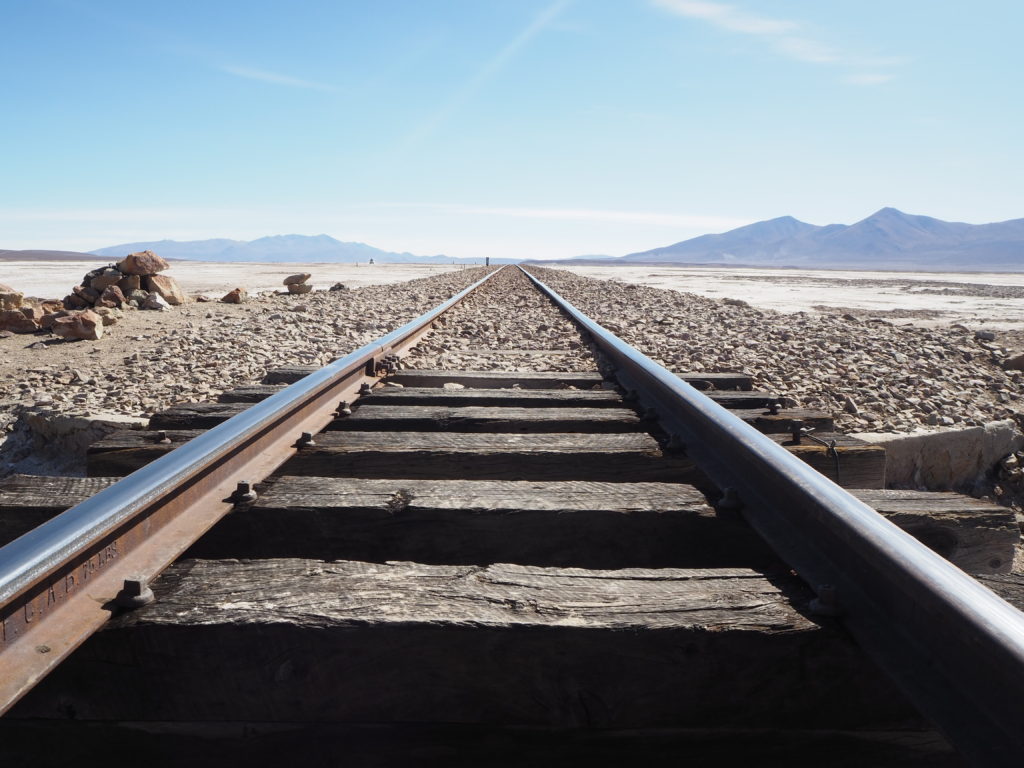

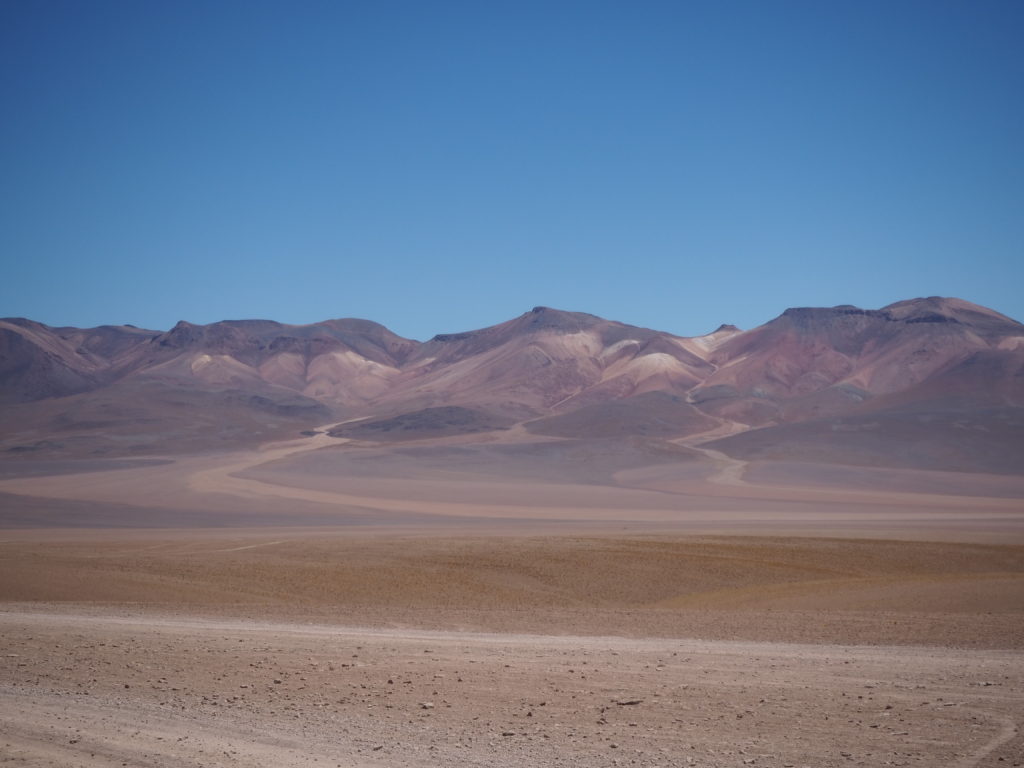
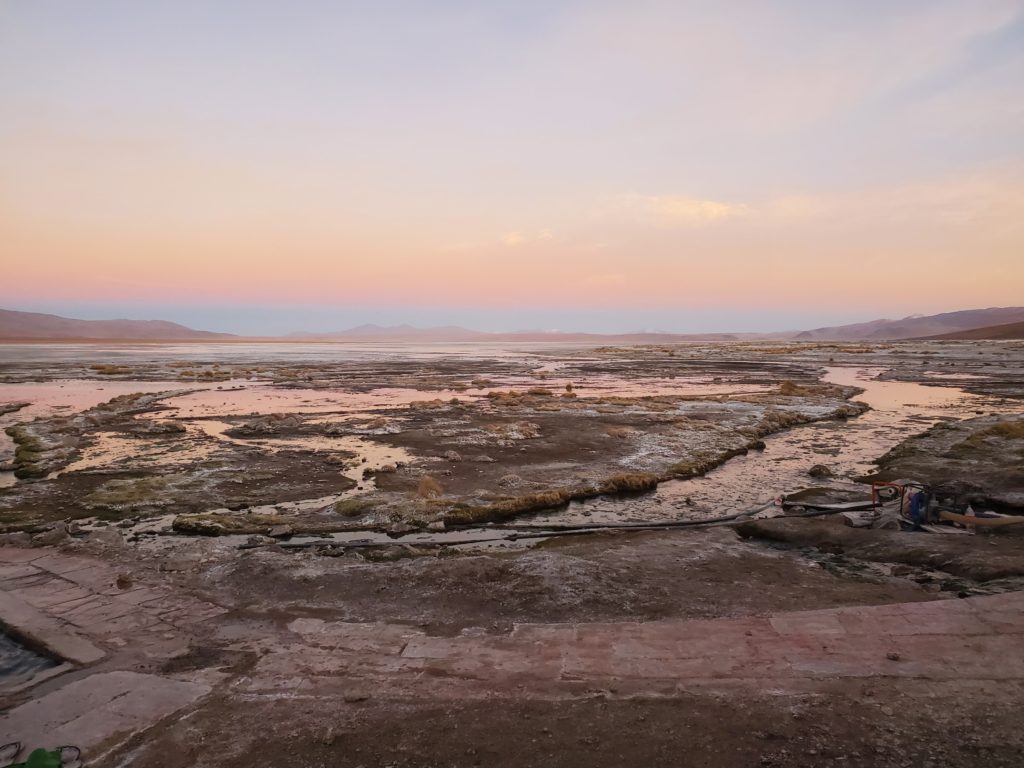
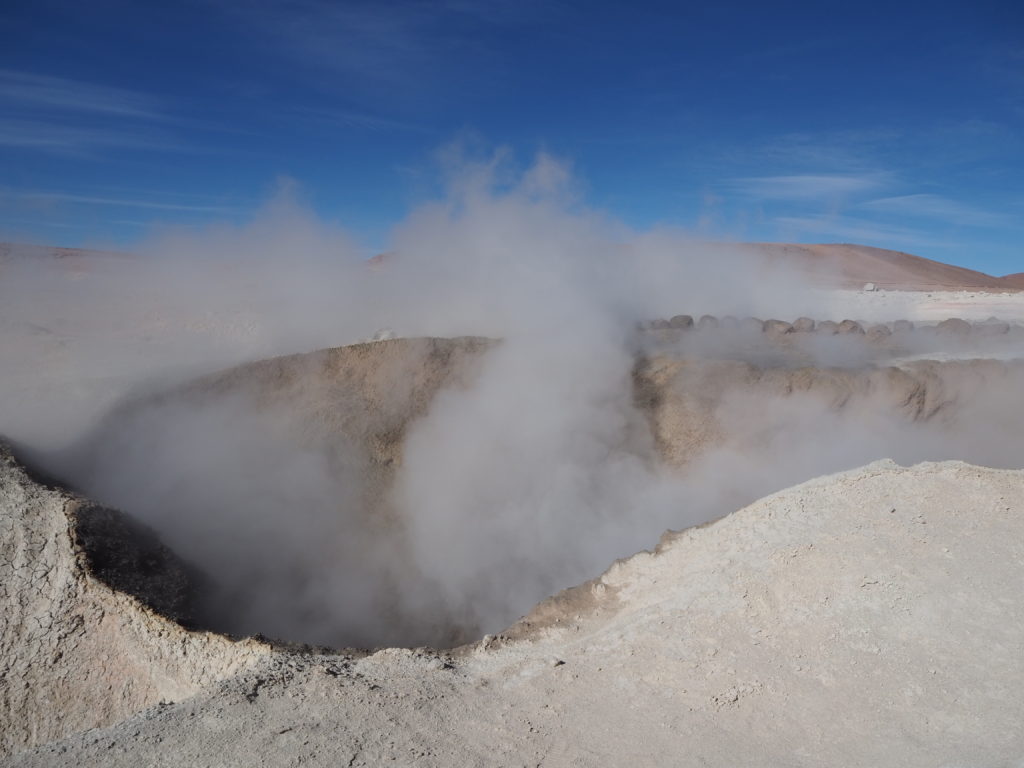

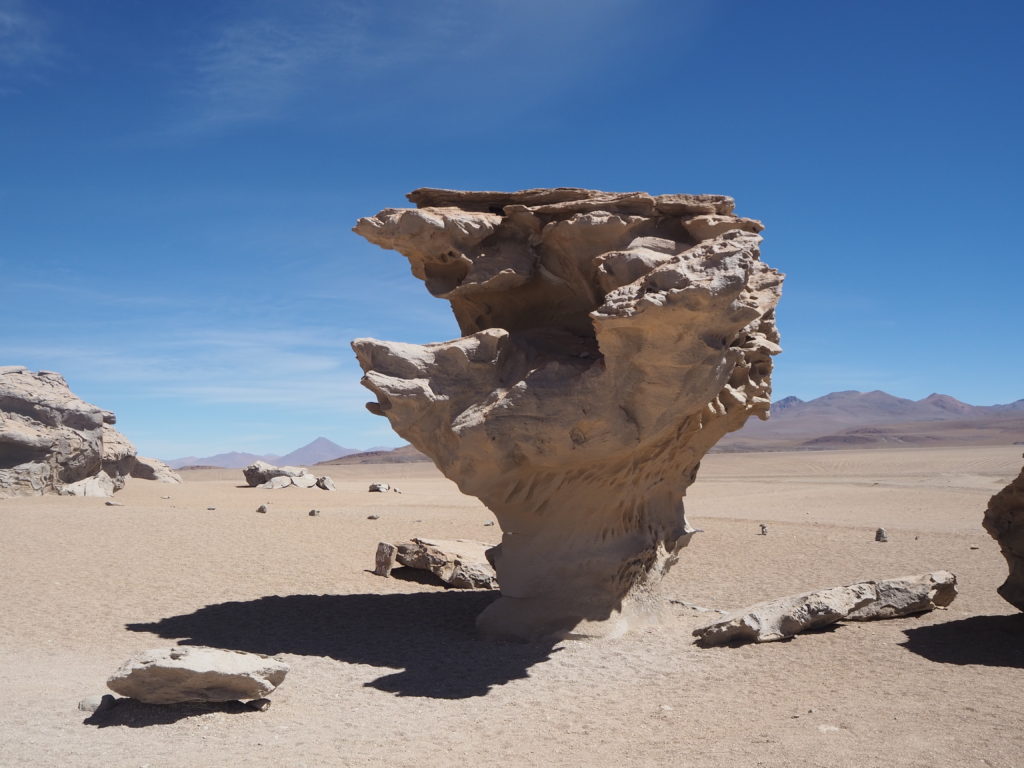
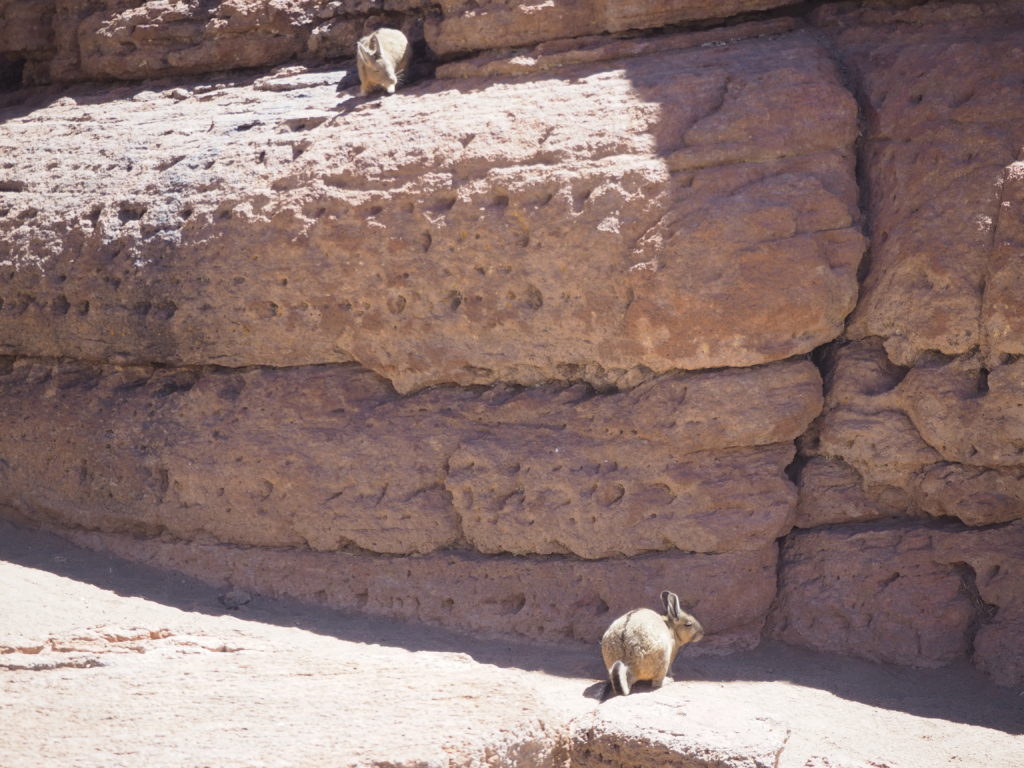

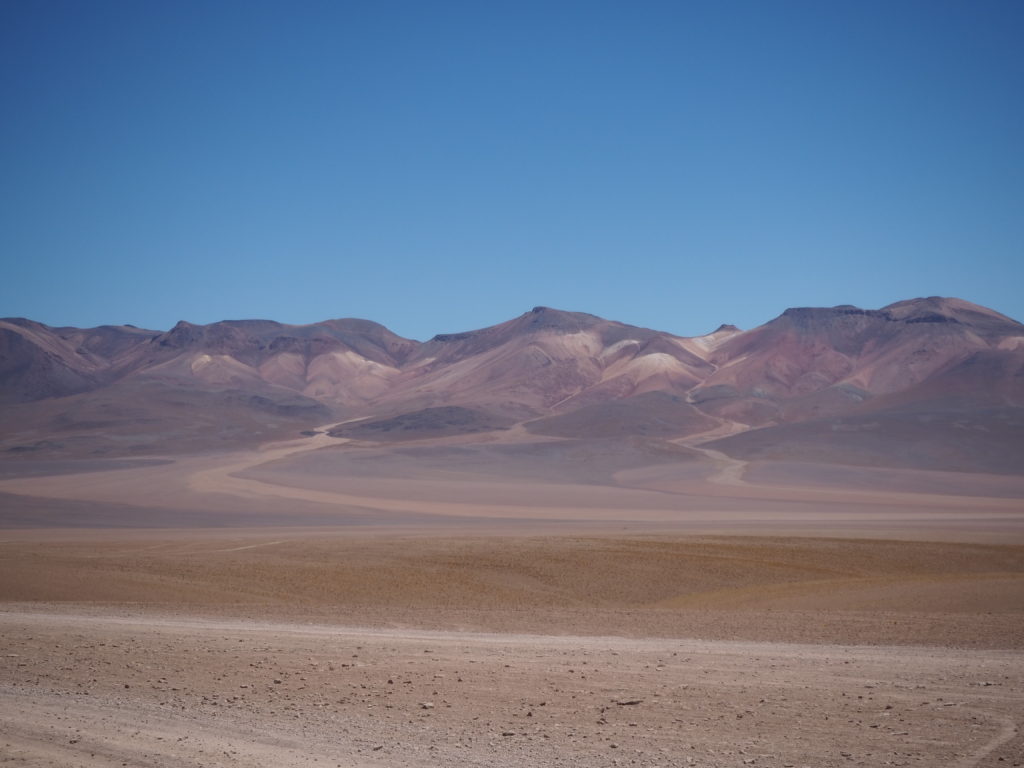
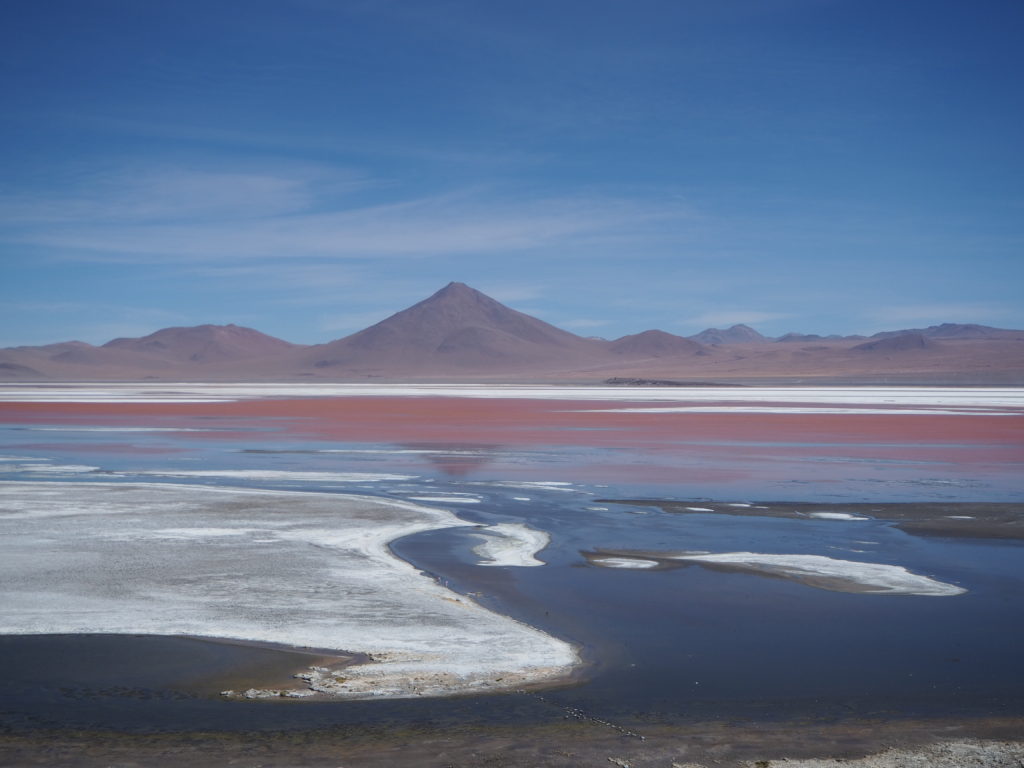
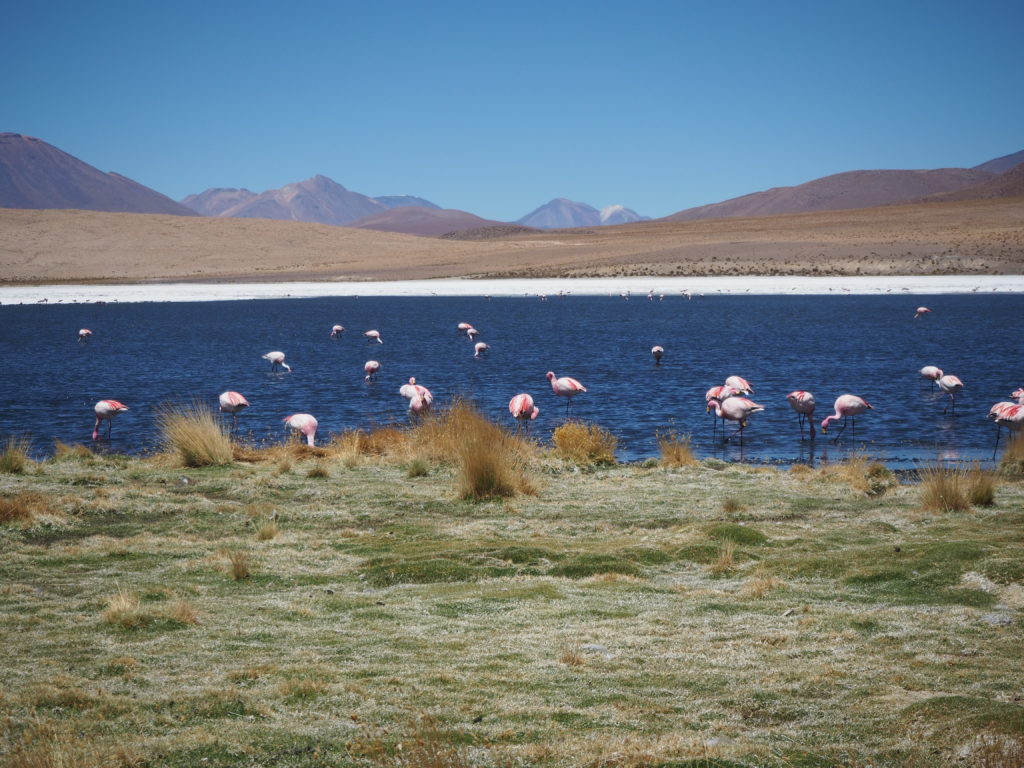
We made it to the hostel mid afternoon, and waiting for us was a hot springs. There is a lot thermal and volcanic activity in the area, creating a lot of natural warm baths. We hung our in the pool for a couple hours, all swapping travel and life stories. Both of the boys had been to Madagascar! One day in the future for us. We had dinner at the hostel (food was very good on this tour), and played cards well into the night, accidentally keeping other tourists up with our laughter.
The final day of the tour had two picture stops. The first is Mountain Salvador Dali. I guess the painter liked to paint in this area. The other was Laguna’s Blanca y Verde, two coloured lagoons. They were good for a picture, but it was very windy in the morning.
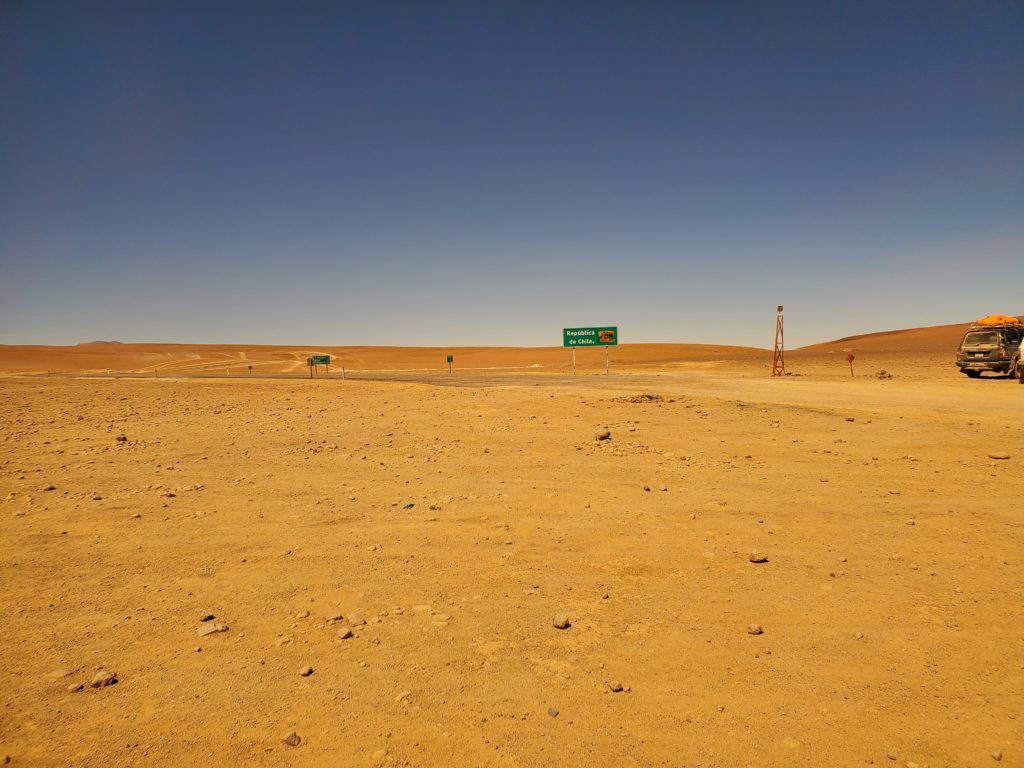
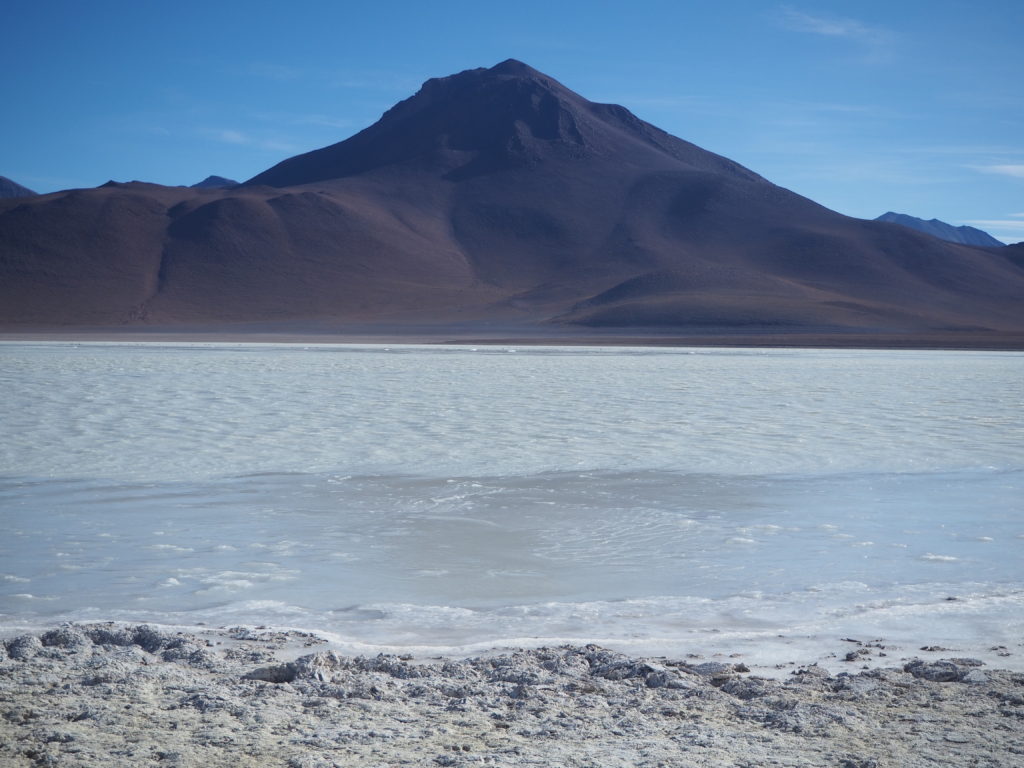
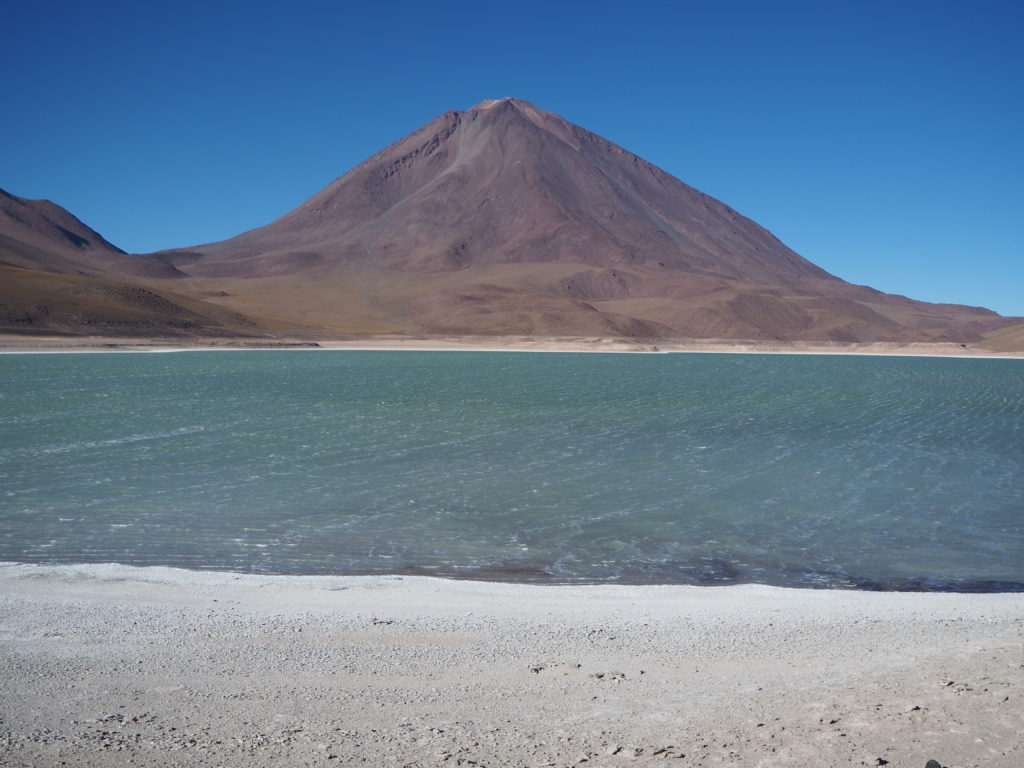
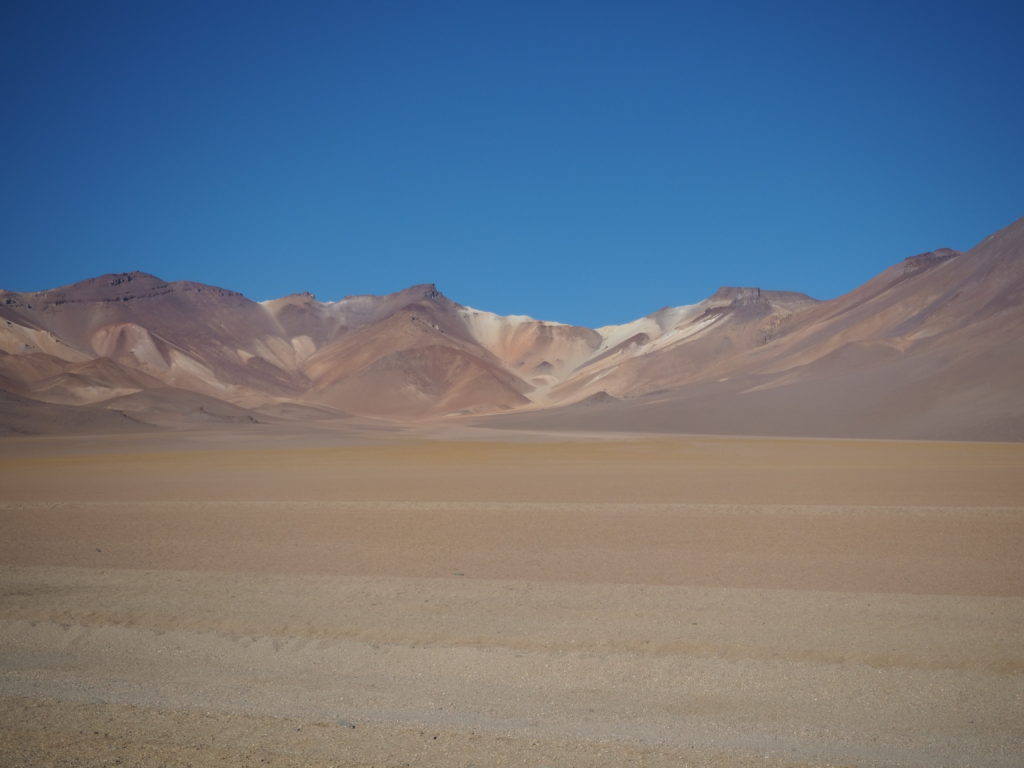
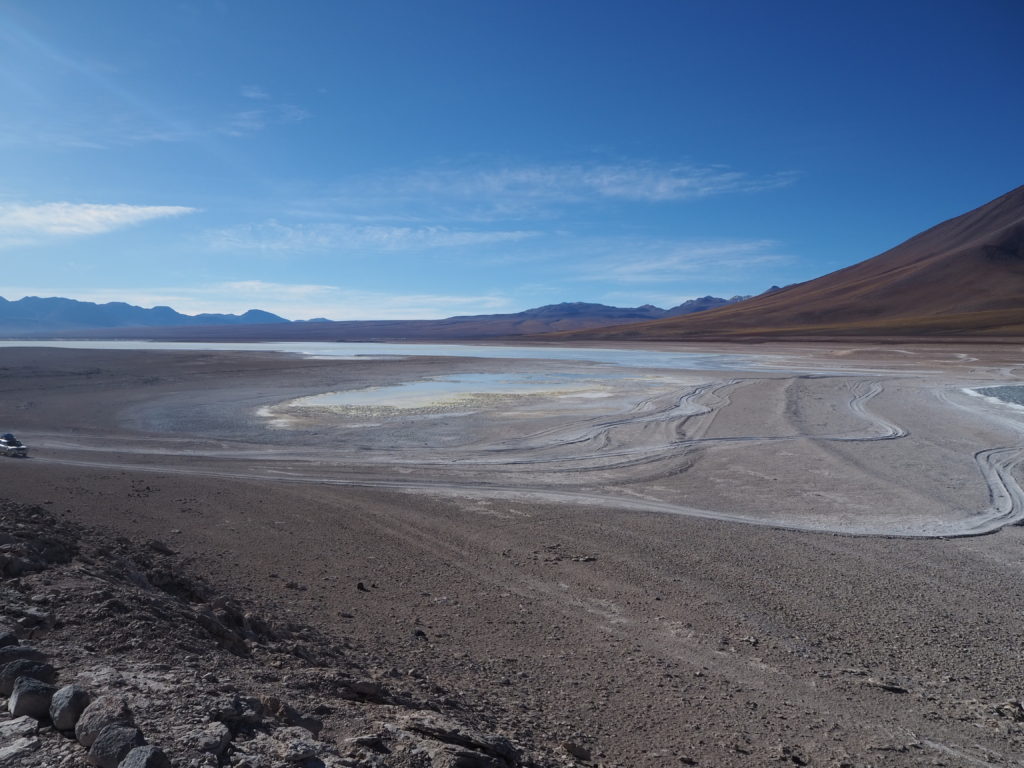
We then arrived at the Chilean border, where we would say goodbye to Roxy and George. They were back to Uyuni. The border crossing was fine, but it was the first border crossing that felt like we were entering a new country. We had to fill out forms, they searched everyone’s bags. The whole thing took 2 hours. But now, we were in Chile. Just here for a short time, but it if goes to plan, a good one. We will tell you about it later! See you there!


This sounds like quite the adventure. Great that you met David and got such fun photos. And the train graveyard – what a blast! Did you add salt to your meal – I had to ask 🙂
Stunning landscapes, great photos. Has a Burning Man vibe to it. There is a James Bond movie “Quantum of Solace” filmed in and round the salt flats, almost famous now. Well done.
Fantastic photos – great adventure! Mom xo
So I have question you might not know the answer to:
How deep in the salt?
I respect it was a sea / ocean previously and the surface of the water would have been flat … but assume the ocean floor would have been rugged like other ocean floors (I could be wrong). Curious if the salt is deep enough just fill all the voids in the ocean floor … or what? Hope you understand the question.
The concentration of salt in seawater is 3.5%. Understanding that … how deep was the sea / ocean before it dried up? Guess if you know how deep the salt is you could just do the math.
Crazy
So the Salar de Uyuni was a lake before (~140m depth), but that is not the main source of the salt. Each year during the rainy season, rain falls on the nearby halite rich mountains, and that salty water floods onto the Salar, adding to the depth. The current estimated depth of the Salar is around 120m deep! The actual average depth, or deepest point, is unknown though